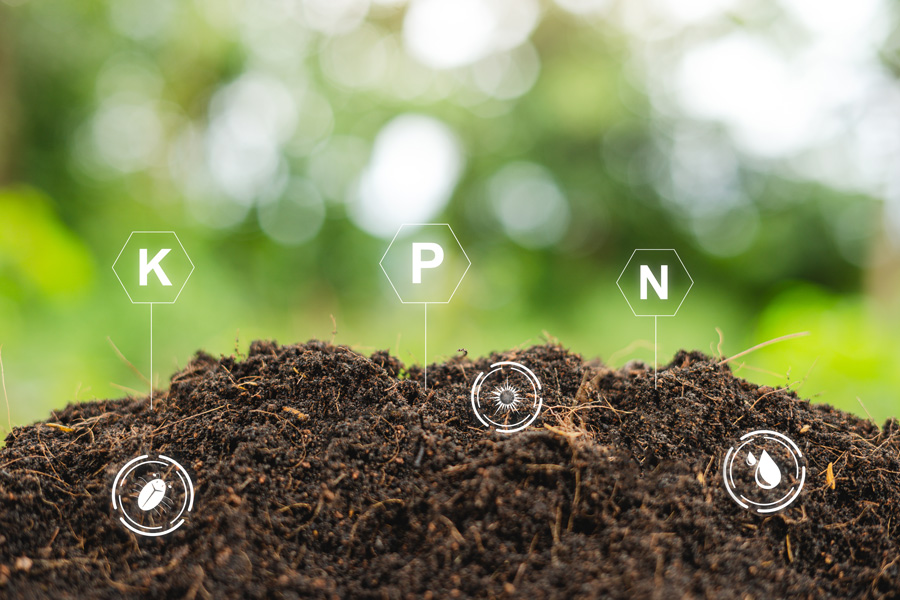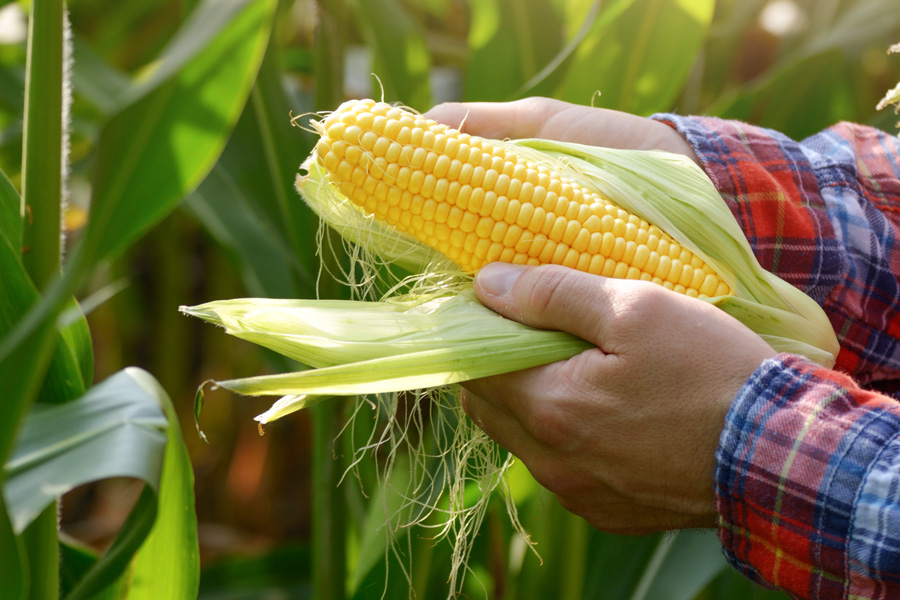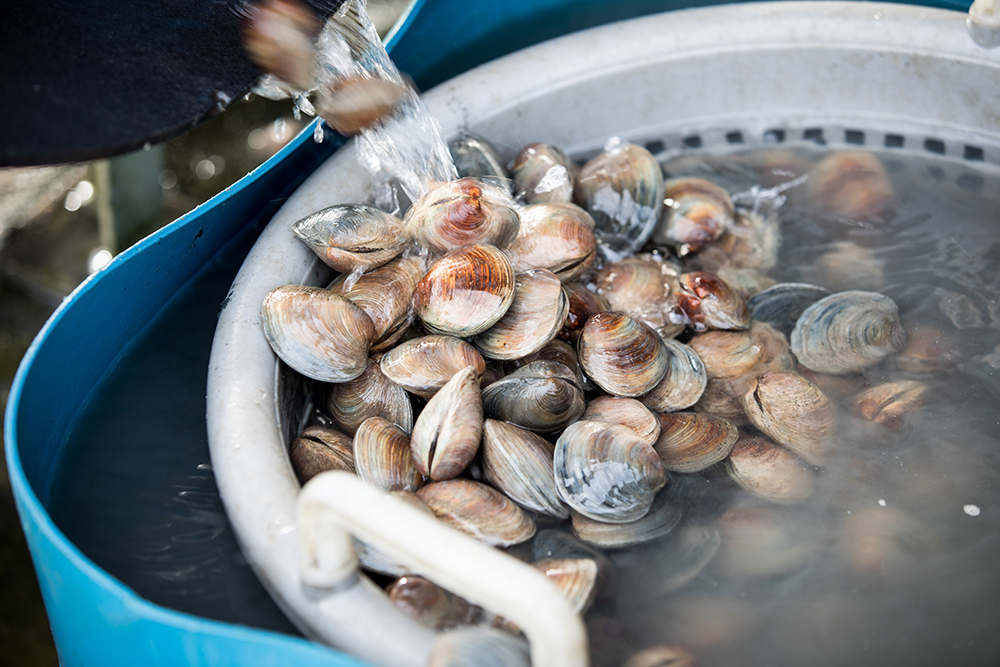
Cover crops are one of the most important practices that farmers can use to improve their soils and the sustainability of their production system. Knowing how much biomass there is in a field is a critical piece of information for cover crop management. Part 1 of this circular provides a step-by-step guide to taking a sample that will be representative of your field. Part 2 provides additional steps for preparing a fresh cover crop sample to send to the Agricultural and Environmental Services Laboratory so it can be analyzed to determine nitrogen availability to the following crop. Equation examples and data sheets are also provided in order to help users calculate necessary information for submission using the given formulas.

Published by University of Georgia Cooperative Extension. For more information or guidance, contact your local Extension office.
The University of Georgia College of Agricultural and Environmental Sciences (working cooperatively with Fort Valley State University, the U.S. Department of Agriculture, and the counties of Georgia) offers its educational programs, assistance, and materials to all people without regard to age, color, disability, genetic information, national origin, race, religion, sex, or veteran status, and is an Equal Opportunity Institution.
Status and Revision History
- Published on December 25, 2015
- Published with Minor Revisions on June 5, 2019
- Published with Full Review on October 6, 2022
What is a Circular?
Circulars are more focused than Bulletins and will discuss one subject in a limited form.
Written and Reviewed by Experts
This resource was written and reviewed by experts. Click below for more information on how we produce science you can trust.






